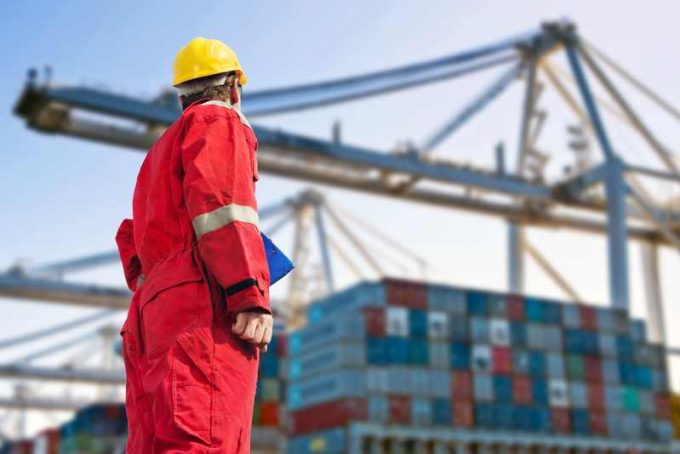Transpacific trade – follow my lead
All eyes on the next move

Sea freight forwarders are in a strong position to survive industry disruption from digitisation, but they must make better use of supply chain data or risk losing out to shipping lines and IT-driven logistics startups.
In a defiant speech at the FIATA World Congress in Kuala ...
Keep our news independent, by supporting The Loadstar
Four crew members still missing as Wan Hai 503 continues to burn
Explosions and 'out-of-control' fire reported on Wan Hai box ship
Carrier price hikes hold, driving spot rates higher as space gets scarcer
Crew forced to abandon ship in latest fire on vessel carrying EVs
The Loadstar Podcast | Transport Logistic and Air Cargo Europe 2025
Transpacific rates ease as capacity boost proves too much for trades to digest
MSC Elsa crew face criminal probe, as Wan Hai 503 firefighters battle on

Comment on this article
Michael Canon
October 06, 2017 at 2:02 pmFreight forwarders have always had this opportunity, yet they have always lamented, “We are in a low margin business” and cannot invest to do what the integrators have done for decades: provide real time visibility. Today that argument can no longer serve as an excuse to justify ignoring customers demand for real time, all-the-time data visibility. SaaS, APIs, IoT, batteries, labels, packaging are technology enablers that are on the shelf. Put it all to together and the future is so bright you gotta wear shades. While you are at this task add in the Customs of the world in a Globally Networked Customs, AEO, SAFE, and Sweden”s Staircase clearance process and you’ll have a winner.